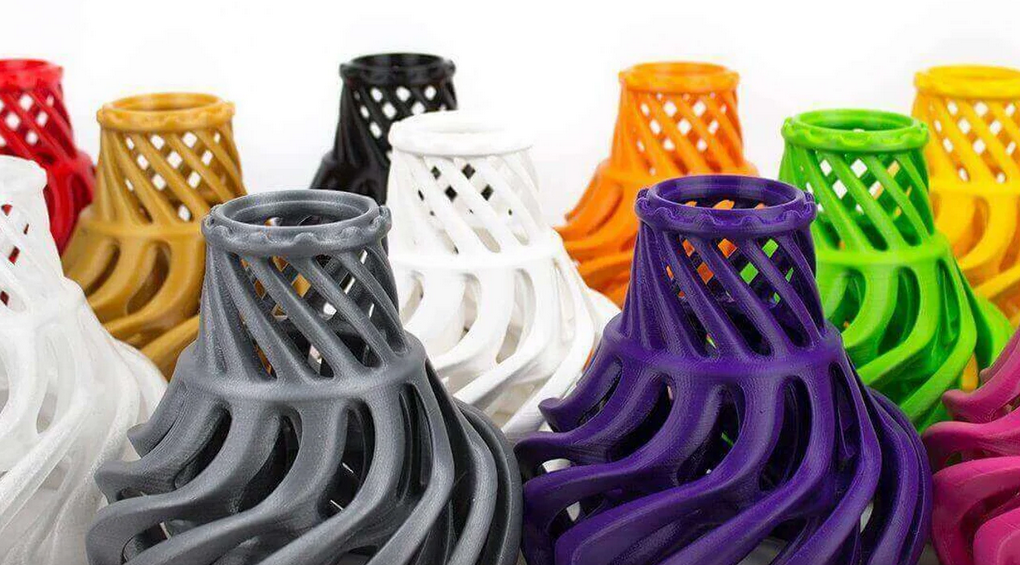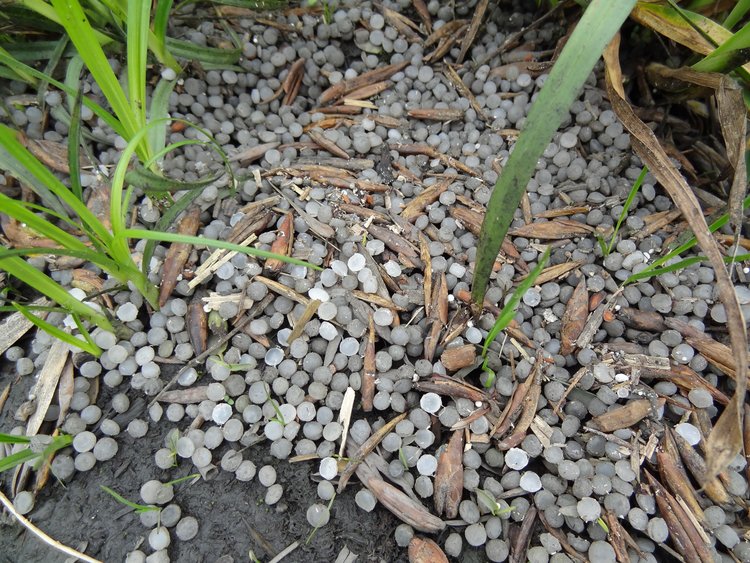Although we have become accustomed to seeing plastic in its final form, nearly every product made of plastic starts out as pellets. These tiny, disc-shaped granules that usually measure a few millimeters in diameter are the building blocks of most consumer products and make up the filaments needed for 3D printing. Unfortunately, pellets are part of an increasing plastic pollution problem worldwide, as pellet spills during production and transportation mean millions of microplastics end up in waterways, washed up along beaches and shorelines, and ingested by marine wildlife.
Given the severe biodiversity and economic impacts of plastic pollution, there is an urgent need to increase reporting on pellet spills and remediation. In line with this, Eastman Chemical Company (Eastman), one of the world’s leading producers of specialty polyesters, will start reporting on spills of pre-production plastic pellets manufactured in its production plants. The decision was reached after months of dialogue with As You Sow, a nonprofit organization that regularly introduces shareholder resolutions that empower stakeholders to drive companies toward a sustainable future, which seems to have forced Eastman into acquiring more sustainable reporting practices.

Dutch filament producer ColorFabb teamed up with the Eastman Chemical Company to release a filament called nGen. Image courtesy of ColorFabb/Eastman Chemical Company
Eastman offers a broad portfolio of polymers, resins, plasticizers, and other specialty plastics for the 3D printing industry, and has bulk and premium desktop FDM materials. Under the slogan “If you can think it, rely on Eastman to help you make it,” the company has introduced their Amphora polymer in 2014, which has been used to produce filament for colorFabb, taulman3D, Triptech Plastics, and 3DXTech. The styrene-free copolyester material makes sense for the manufacture of prosthetic devices due to its strong, durable, and FDA-approval for applications involving food contact.
Like most chemical multinationals, Eastman is directly involved in the production of plastics from fossil fuel sources and has become the sixth major petrochemical manufacturer behind pre-production plastic pellets. Starting in 2021, under an agreement reached with As You Sow, Eastman will begin to report information on public pellet spills through its sustainability reports, which are posted in the fourth quarter of the year.
“We are pleased to see Eastman Chemical follow other industry leaders and agree to public reporting on plastic pellet spills and management,” Conrad MacKerron, Senior Vice President of As You Sow, said. “The industry does not yet require public reporting of pellet spills. We are proud that all public spill reporting commitments to date are the result of As You Sow’s engagement leadership. Baseline data from such reporting help policymakers and other stakeholders assess the scope of this growing problem.”
Plastic pollution is a global environmental crisis, and Eastman is one of the top 40 U.S. chemical producers. Moreover, 15% of Eastman manufacturing sites are exposed to plastic pellet handling, which means eight sites pose a potential risk of pellet spills. According to As You Sow, due to spills and poor handling procedures, an estimated 10 trillion pellets are swept into waterways during production or logistics every year and are increasingly found on beaches and shorelines, adding to harmful levels of plastic pollution in the environment.
Lentil-sized plastic pellets, also known as “nurdles”, are estimated to be the second-largest direct source of microplastic pollution to the ocean by weight. Eight million tons of plastics – including pellets – leak into oceans annually, causing fatalities in 260 marine species from ingestion, entanglement, suffocation, or drowning. According to the Scottish environmental group Fidra, the chemical compounds that make plastic useful also make it a long-lasting pollutant harmful to wildlife, humans, and the environment. Moreover, nurdles in our seas can also attract other chemical pollutants, absorbing toxins such as dioxins from water, and then transfer them to the marine food web and potentially to humans through consumption of seafood. This toxic transfer is an overlooked plastic pollution problem, says Fidra.
As You Sow has tried to engage all six major plastic manufacturers on expanding pellet spill reporting to their supply chains. Expanded reporting would capture losses through transportation accidents like the August 2020 release of one billion pellets into the Mississippi River after a shipping container fell overboard, or the July 2020 plastic pellet spill on South Carolina’s Sullivan’s Island. The latest Eastman action follows similar agreements reached last year between As You Sow and ExxonMobil Chemical, and Chevron and Phillips 66, co-owners of Chevron Phillips Chemical. Dow Chemical has also agreed to report on pellet spills and earlier this year, Westlake Chemical and Occidental Petroleum, said “yes” to reporting pellet spills.
Filled on November 2020, As You Sow’s shareholder statement has now been removed from the “Current Resolutions” list of the organization’s online site, but it read as follows: “Shareholders request that the Board of Directors of Eastman Chemical issue an annual report to shareholders, at reasonable cost and omitting proprietary information, on plastic pollution. The report should disclose trends in the amount of plastic in various forms released to the environment by the company annually, and concisely assess the effectiveness of the company’s policies and actions to reduce the volume of the company’s plastic materials contaminating the environment.”
This is the first step in the right direction for Eastman, a company that has adapted to ever-changing markets and demands over the last century. Clearly, the chemical industry has lots of room for improvement. By following sustainability trends, acquiring environmentally friendly plastic and chemical recycling processes, and moving from linear production models to closed-loop value chains the industry could help the environment while improving quality of life.
Subscribe to Our Email Newsletter
Stay up-to-date on all the latest news from the 3D printing industry and receive information and offers from third party vendors.
You May Also Like
Gorilla Sports GE’s First 3D Printed Titanium Cast
How do you help a gorilla with a broken arm? Sounds like the start of a bad joke a zookeeper might tell, but it’s an actual dilemma recently faced by...
Nylon 3D Printed Parts Made More Functional with Coatings & Colors
Parts 3D printed from polyamide (PA, Nylon) 12 using powder bed fusion (PBF) are a mainstay in the additive manufacturing (AM) industry. While post-finishing processes have improved the porosity of...
$25M to Back Sintavia’s Largest Expansion of Metal 3D Printing Capacity Since 2019
Sintavia, the digital manufacturing company specializing in mission-critical parts for strategic sectors, announced a $25 million investment to increase its production capacity, the largest expansion to its operations since 2019....
Velo3D Initiates Public Offering in a Bid to Strengthen Financial Foundations and Drive Future Growth
Velo3D (NYSE: VLD) has been among a number of publicly traded 3D printing firms that have attempted to weather the current macroeconomic climate. After posting a challenging financial report for 2023,...
































